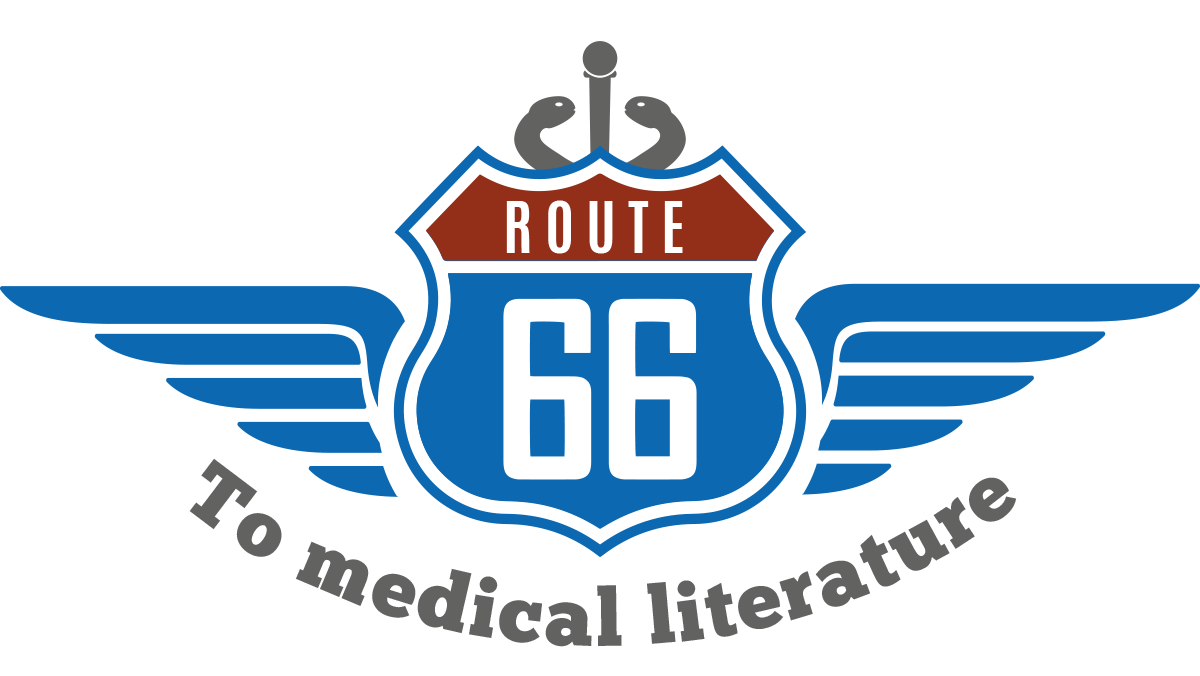Watch the video & take notes on a sheet of paper
When you have finished, click on each item below to see the answer.
- Interest in anatomy, functioning of organs & tissues → dissections
- Principle of Vitalism, what happens in a living cell is unique to a living cell and can't be duplicated elsewhere in the universe
- He made urea, a compound made by living organisms, believed to be only made by cells
- → We now realize that what happens with cells is the same thing that happens in the rest of the universe
- Who: Anton Van Leeuwenhoek
- What: microscope
- When: In the 1650s
- Single cell organisms observed: animalcules
- Who: Robert Hooke
- Discovery: cell basis of life
- Who: Robert Hooke
- Discovery: a compound he called nucleon, isolated nuclei of cells & discovered it contained a substancethat had some very unusual properties (we know today nucleon is DNA)
- Gregor Mendel:
• studiedinheritance of traits from one generation of peas to another generation
• realized there was genetic information being transferred from one generation to the next & that it had properties that he called recessiveness and dominance
- Erwin Schrödinger: book called 'What is life?' said basis of life was in molecules
- Influenced: Watson and Crick in their discovery of DNA
- Who: Avery, MacLeod & McCarty
- What: series of experiments proved genetic information transferred between generations of cells is DNA
- Who: Watson & Crick
- What: showed structure of DNA, double helical molecule with a complementary basis inside
- Consequence: people realized how one strand could specify the replication of another strand, & through that replication genetic information could be transferred identically from one cell to the next generation
- Central dogma: DNA makes RNA, makes protein and that happens because of the way information is transferred in cells
- Modification of central dogma: some things about RNA we know today that we didn't know then
- genomics
- transcriptomics
- metabolomics
UNF3S
Route 66 to medical literature, Félicie Pastore 2017
